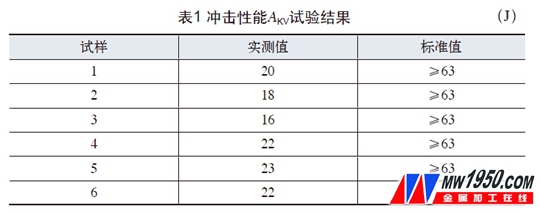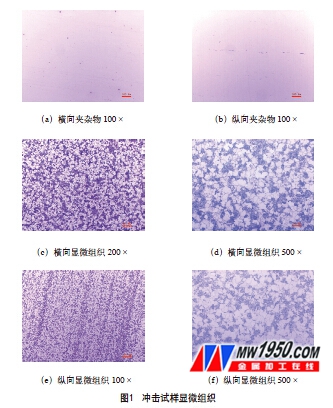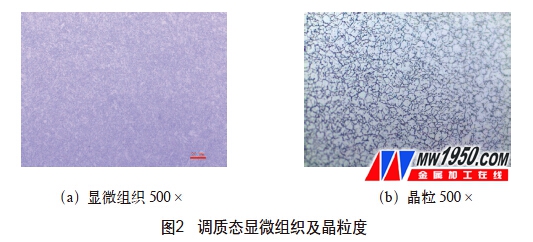




Especially with the emergence of microprocessors and the continuous improvement of industrial automation technology, load cells have become a necessary device in process control.
From the weight measurement of large tanks and hoppers that could not be weighed before, and the measurement and control of crane scales, automobile scales, etc., to the batching system for mixing and distributing a variety of raw materials, automatic detection in the production process, and control of the powder and granular material feed volume, etc., Have applied the load cell.
At present, load cells are mainly used in various electronic weighing instruments, industrial control fields, online control, installation overload alarms, material testing machines, and other fields, such as electronic truck scales, electronic platform scales, electronic forklifts, dynamic axle load scales, electronic hook scales, etc., Electronic pricing scales, electronic steel scales, electronic rail scales, hopper scales, batching scales, filling scales, etc.
load cell for hopper scales, load cell for industrial use, load cell for automatic detection
Zhejiang Nanhua Electronic Technology Co., Ltd , https://www.nhloadcell.com